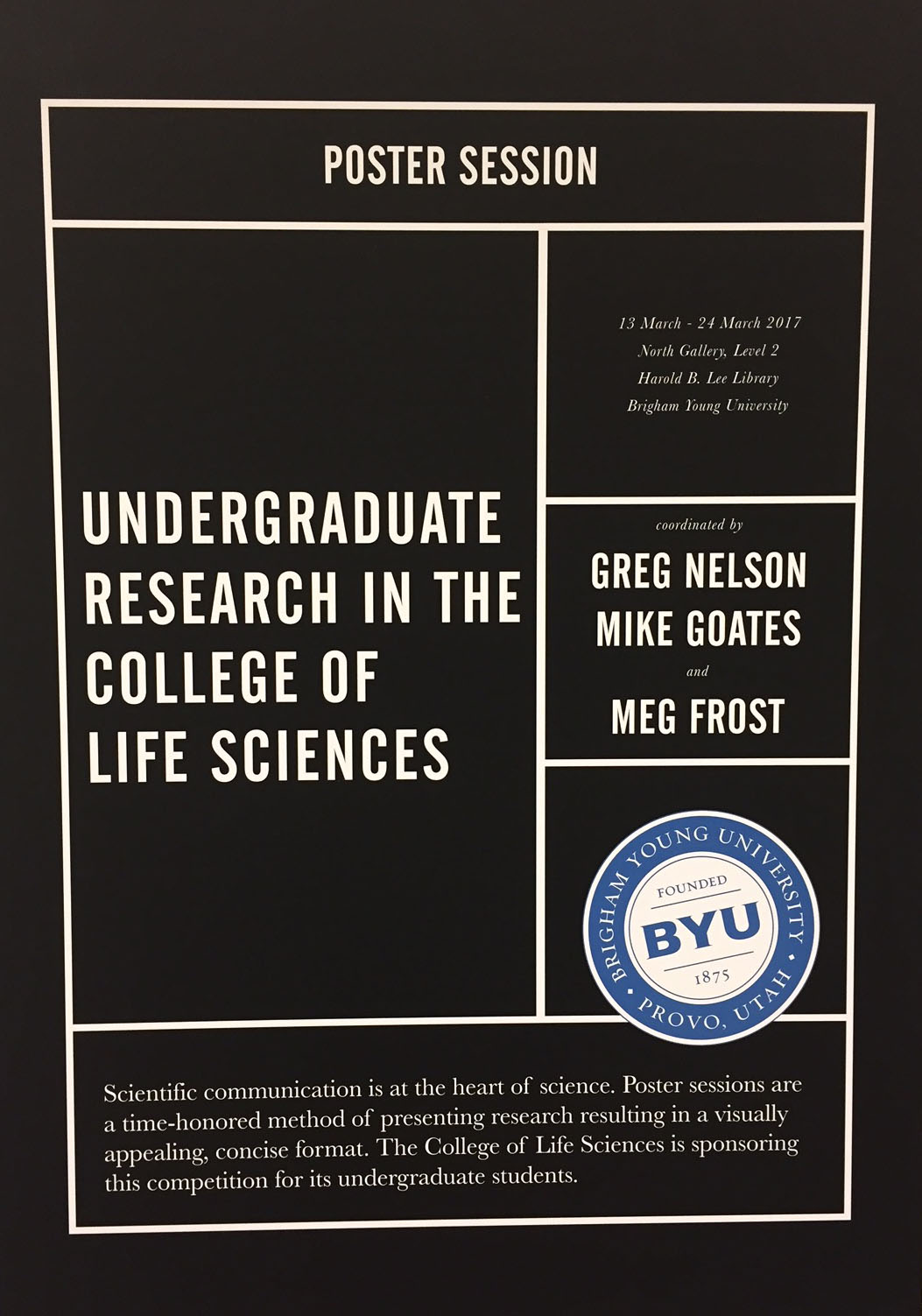Files
Download
Download Full Text (2.1 MB)
Keywords
Meiofauna, Community Composition, Rock pool
Abstract
- In ecology, desert rock pools form an ideal model ecosystem. These typically isolated pools a small enough that a researcher can observe the entire system and record everything going into and out of this aquatic system. This removes one of the most important confounding factors for observational studies in ecology, making rock pools an important system to understand.
- The rock pools of the Colorado Plateau in the western United States consist of three main types: 1) scoured pools in temporary stream channels that violently flood during rainstorms (locally called Tinajas), 2) shorthydroperiod pools which are shallow depressions (< 0.6 m deep) that thaw in March and dry by the end of April , and 3) long hydroperiod pools which are deep pools (1-3 m) that thaw in March and persist until June.
- Meiofauna (animals that can pass through a 500-micron sieve but cannot pass through a 40-micron sieve) play a role as a link between the microscopic and macroscopic communities in an ecosystem. Meiofauna have been seen to stimulate microbial activity and increase bacterial abundance, increase photosynthetic activity in microalgal biofilms, and provide an essential food source for many macroscopic invertebrates and juvenile benthivorous fishes.
BYU ScholarsArchive Citation
Goolsby, Hamer; Rader, Russell; and Schenk, Sara, "Exploring Changes in Micro-Invertebrate Species Composition in Rock Pools of the Colorado Plateau" (2024). Library/Life Sciences Undergraduate Poster Competition 2024. 1.
https://scholarsarchive.byu.edu/library_studentposters_2024/1
Document Type
Poster
Publication Date
2024-03-21
Language
English
College
Life Sciences
Department
Biology
Copyright Use Information
https://lib.byu.edu/about/copyright/


